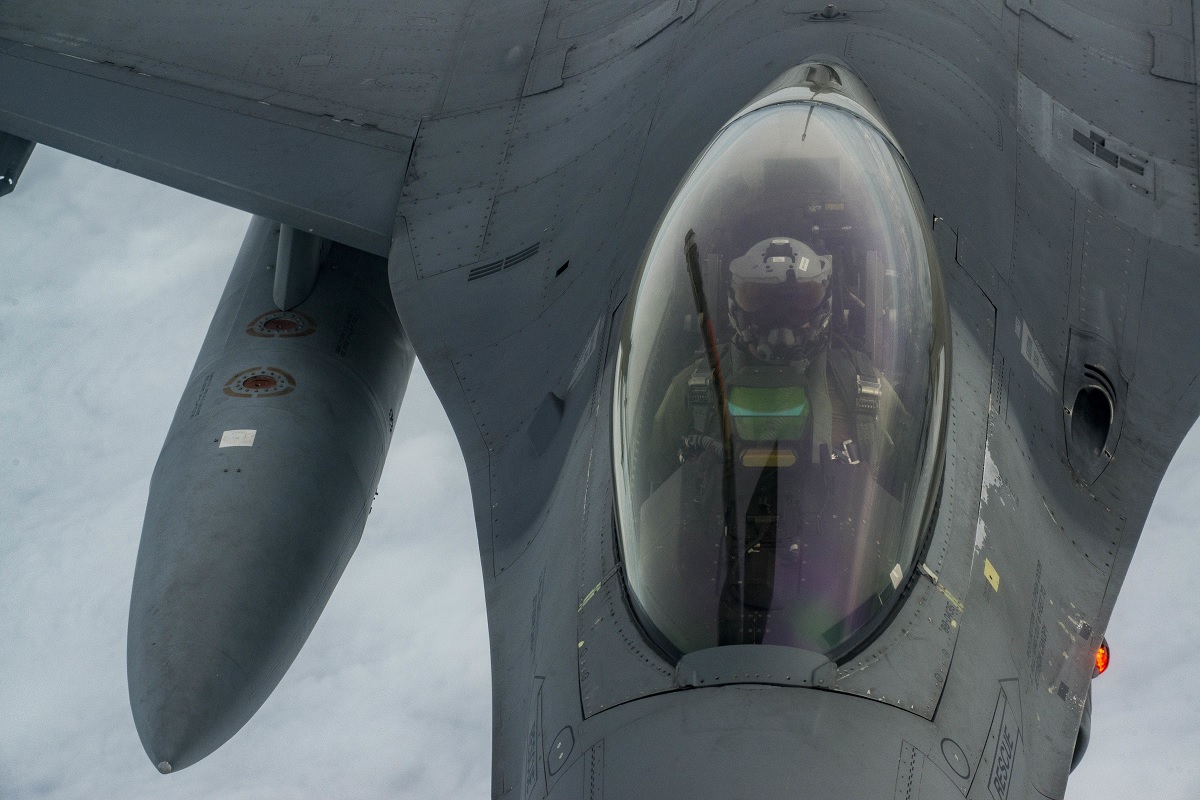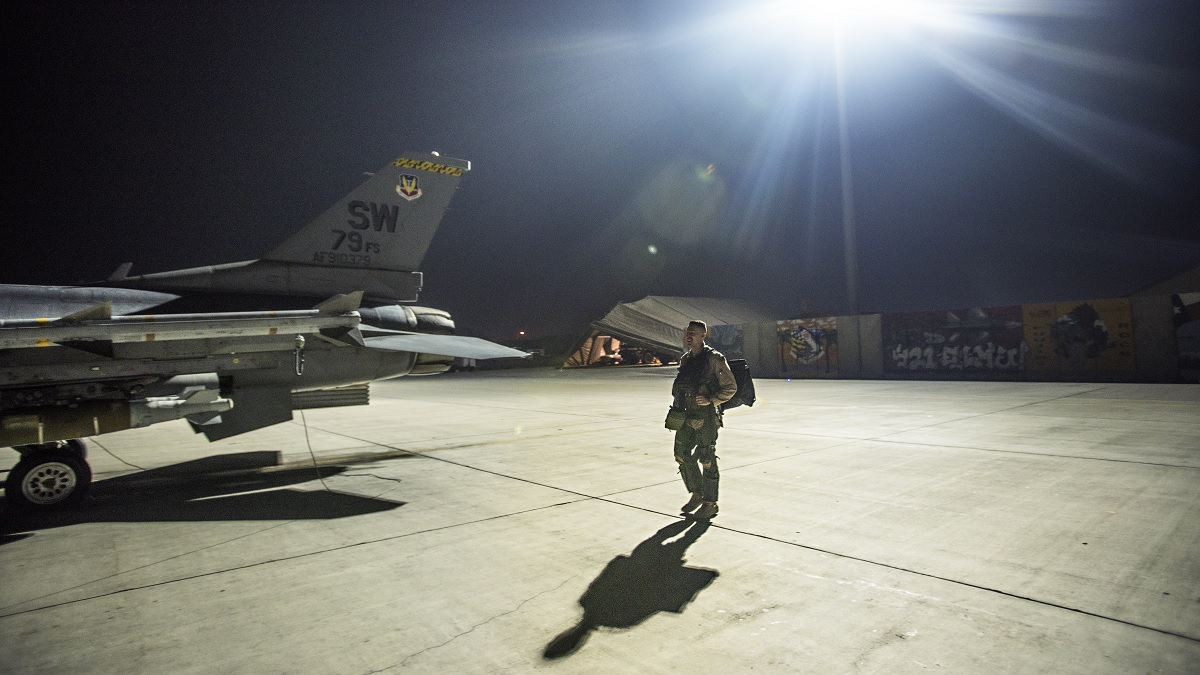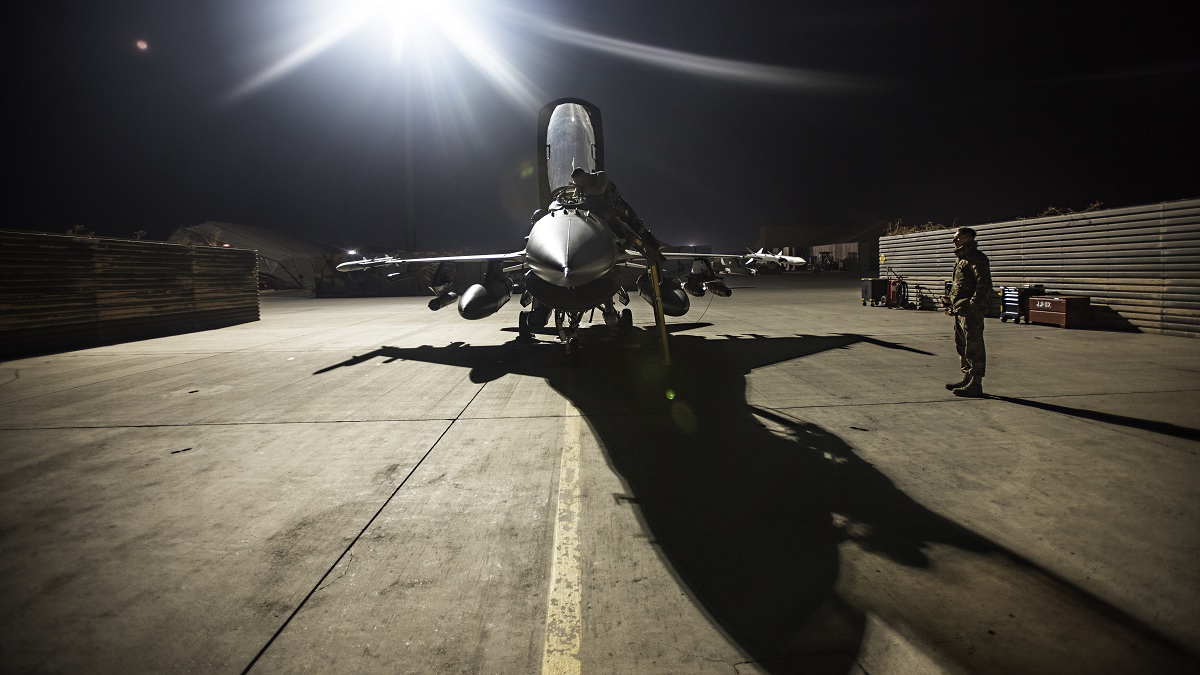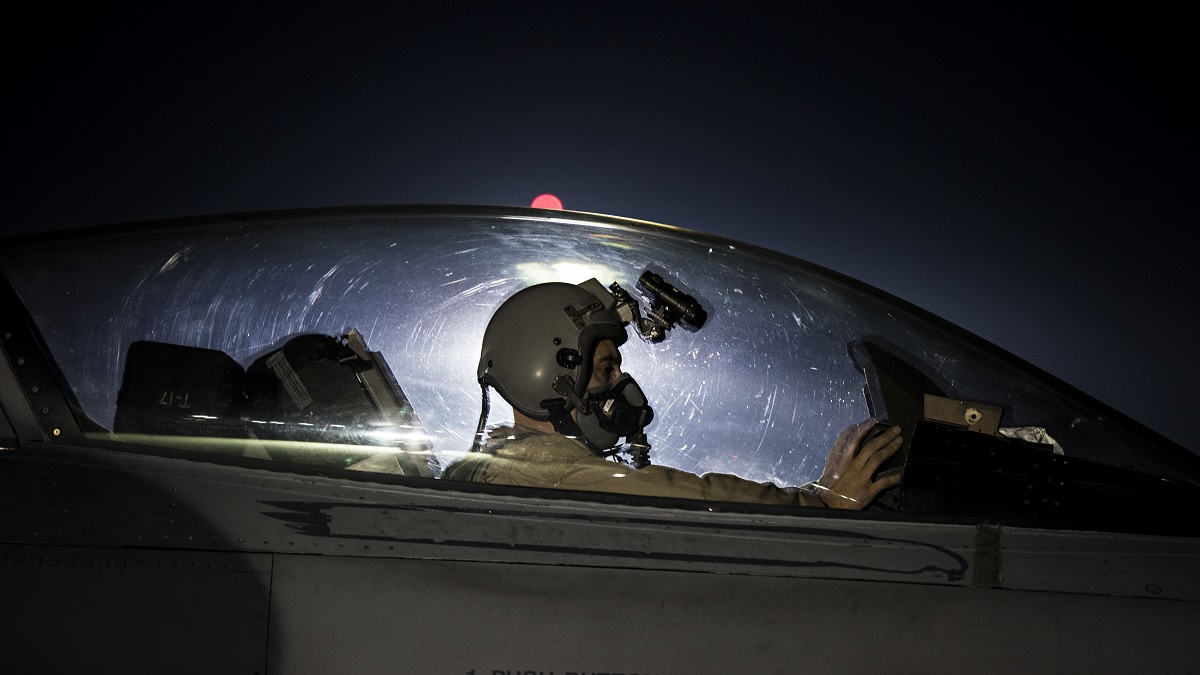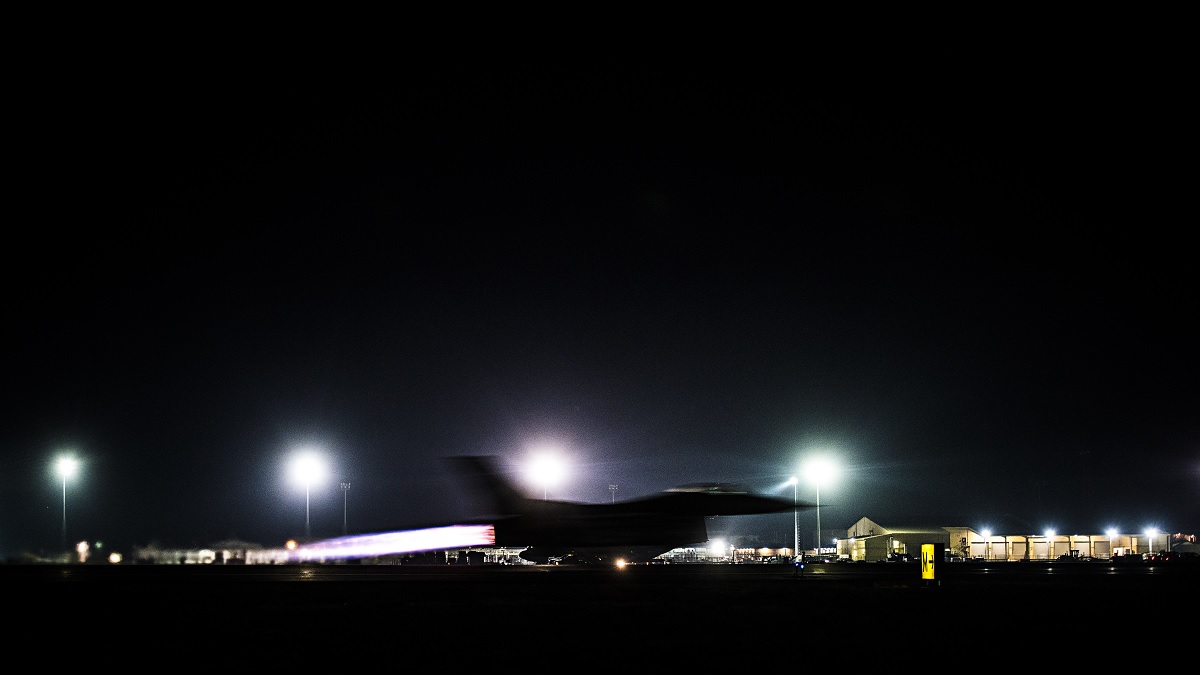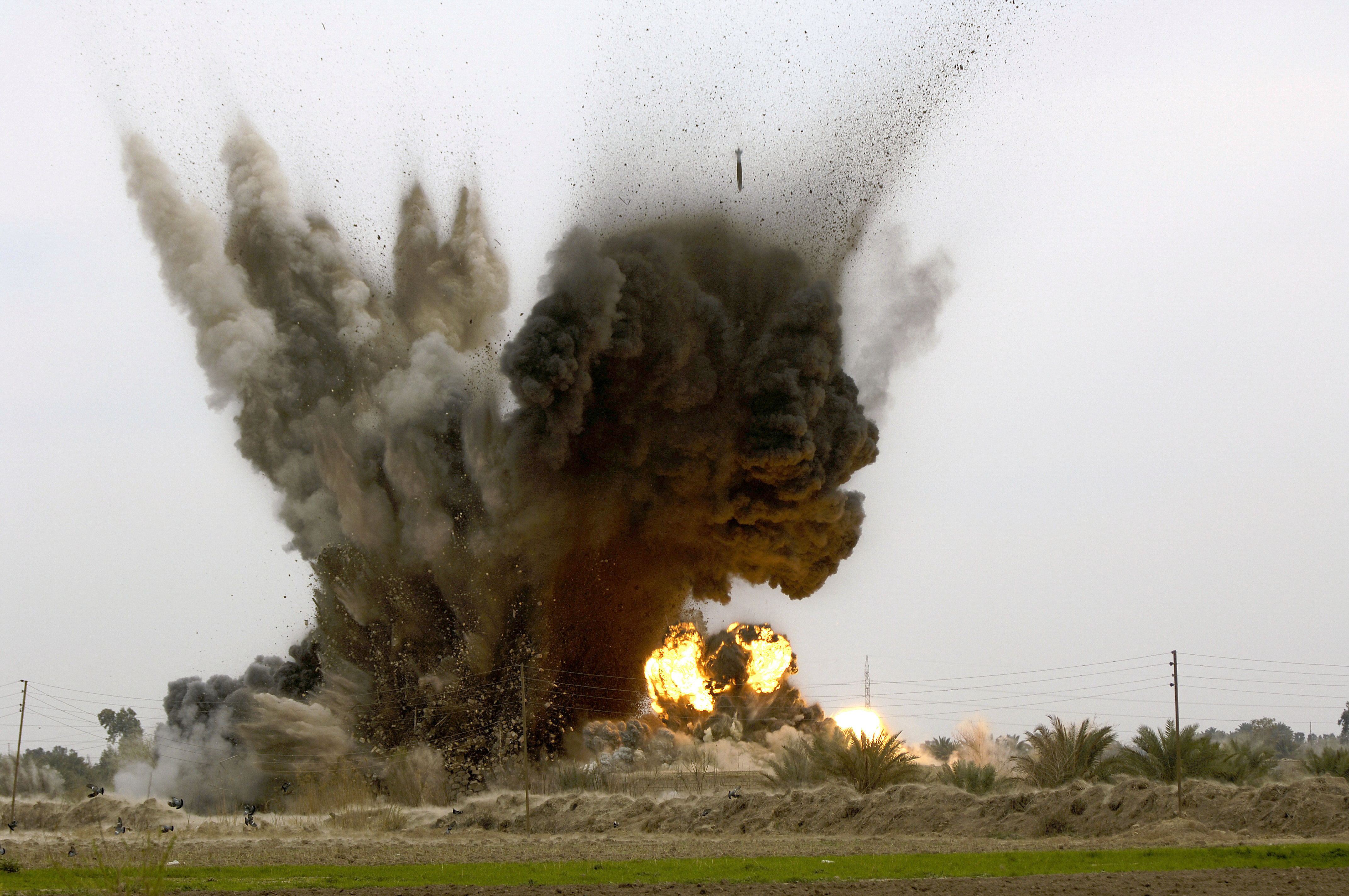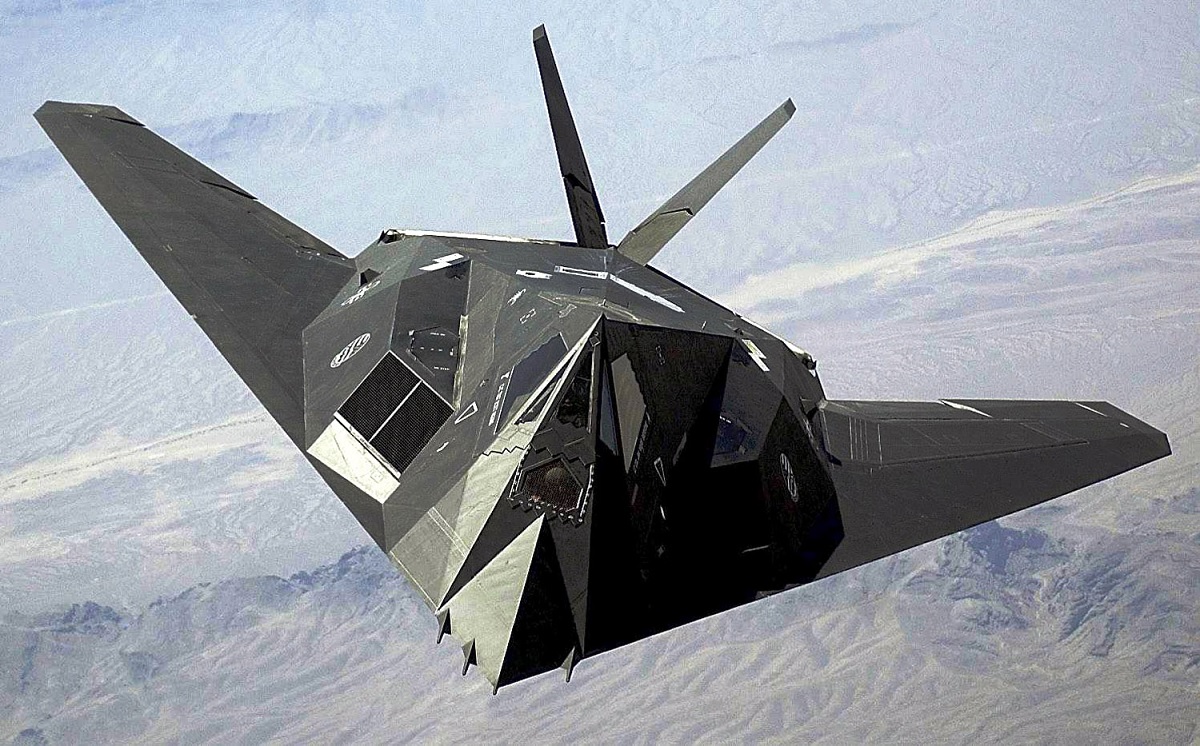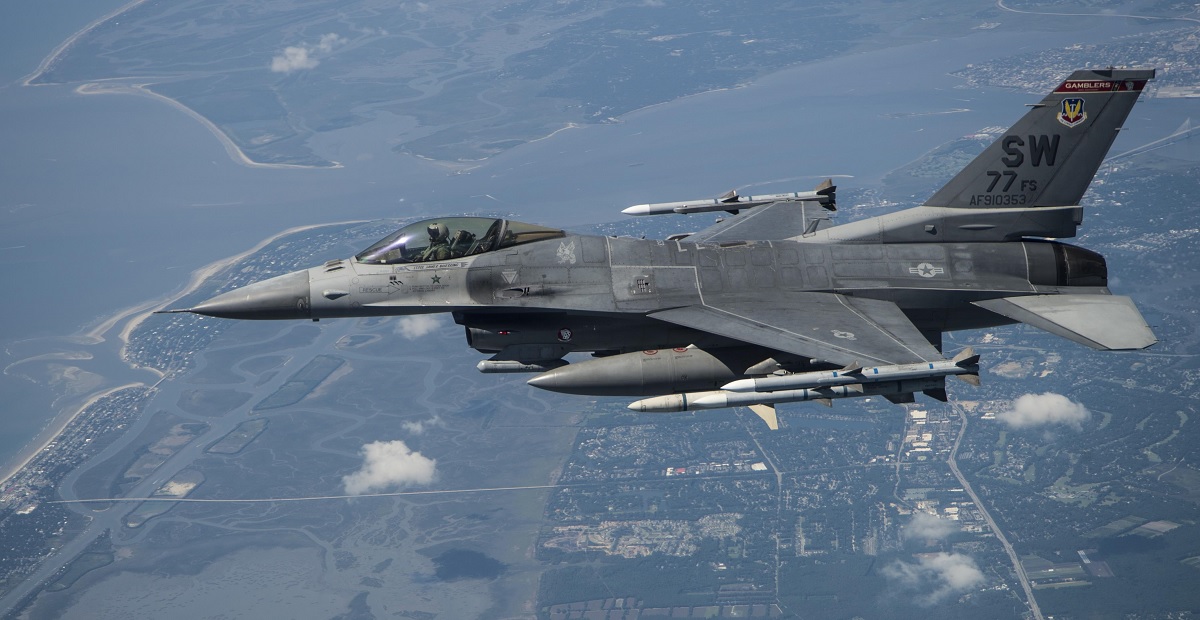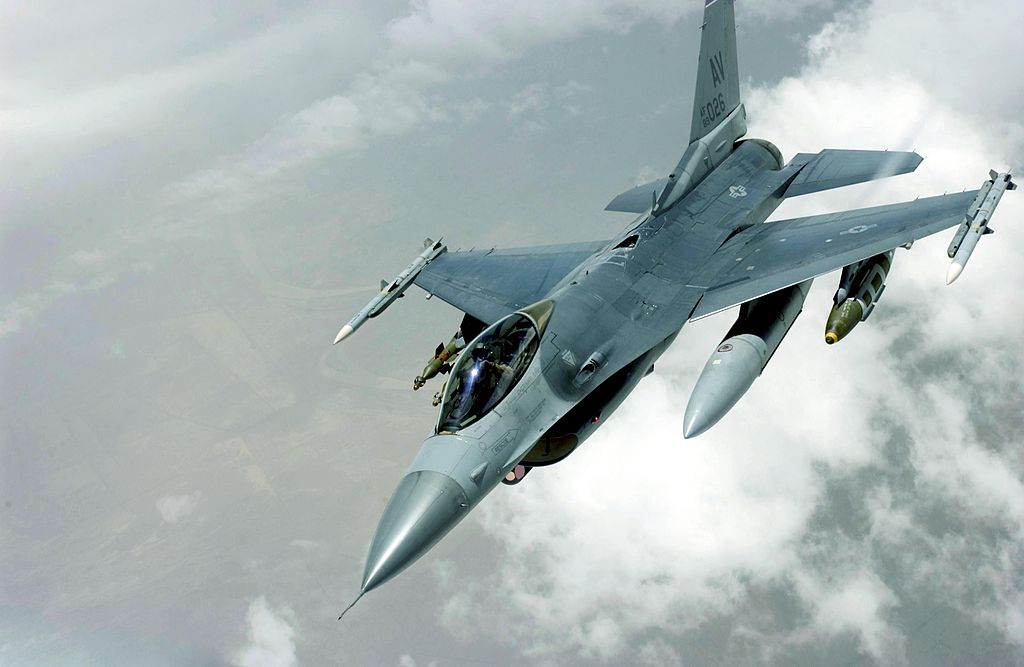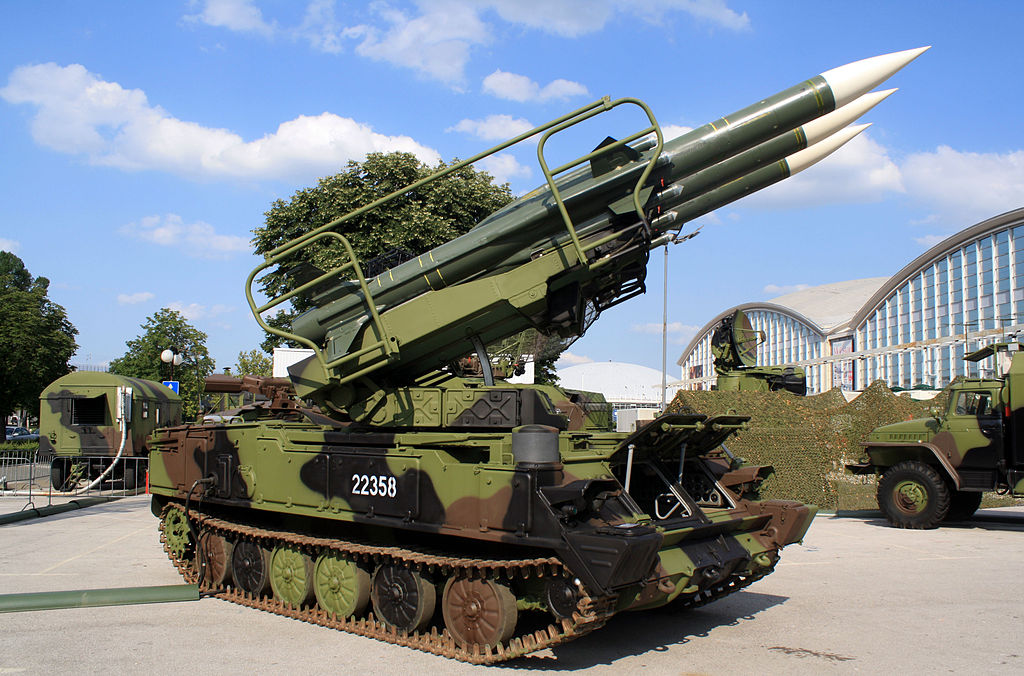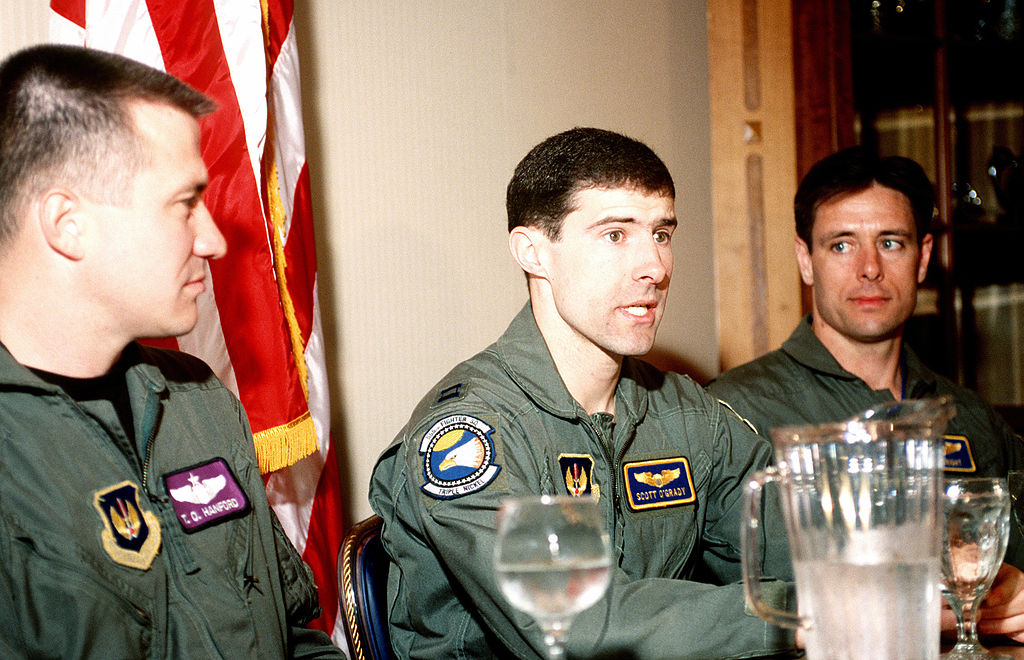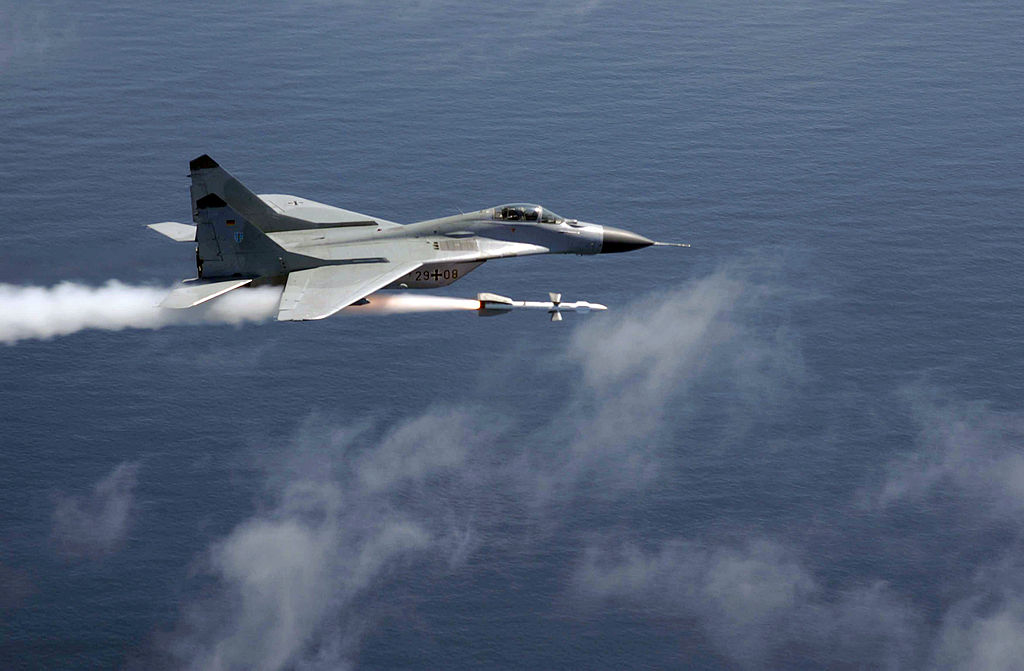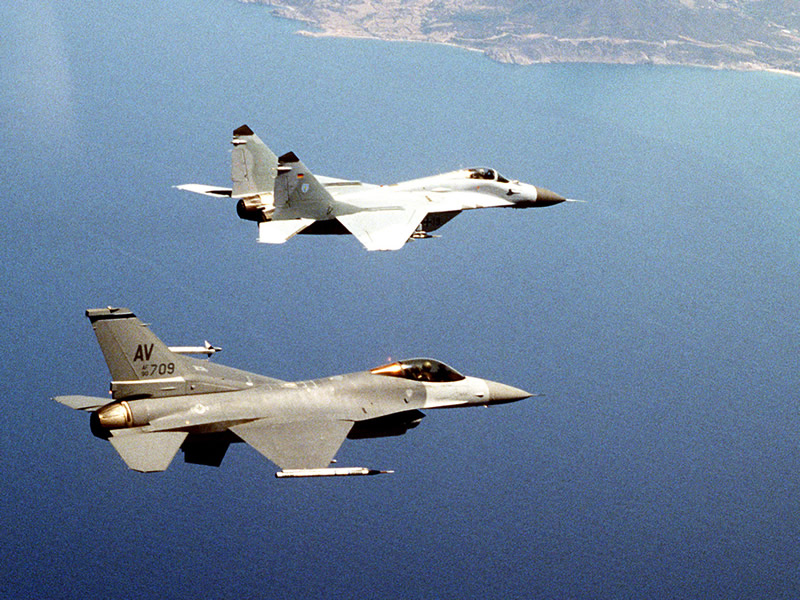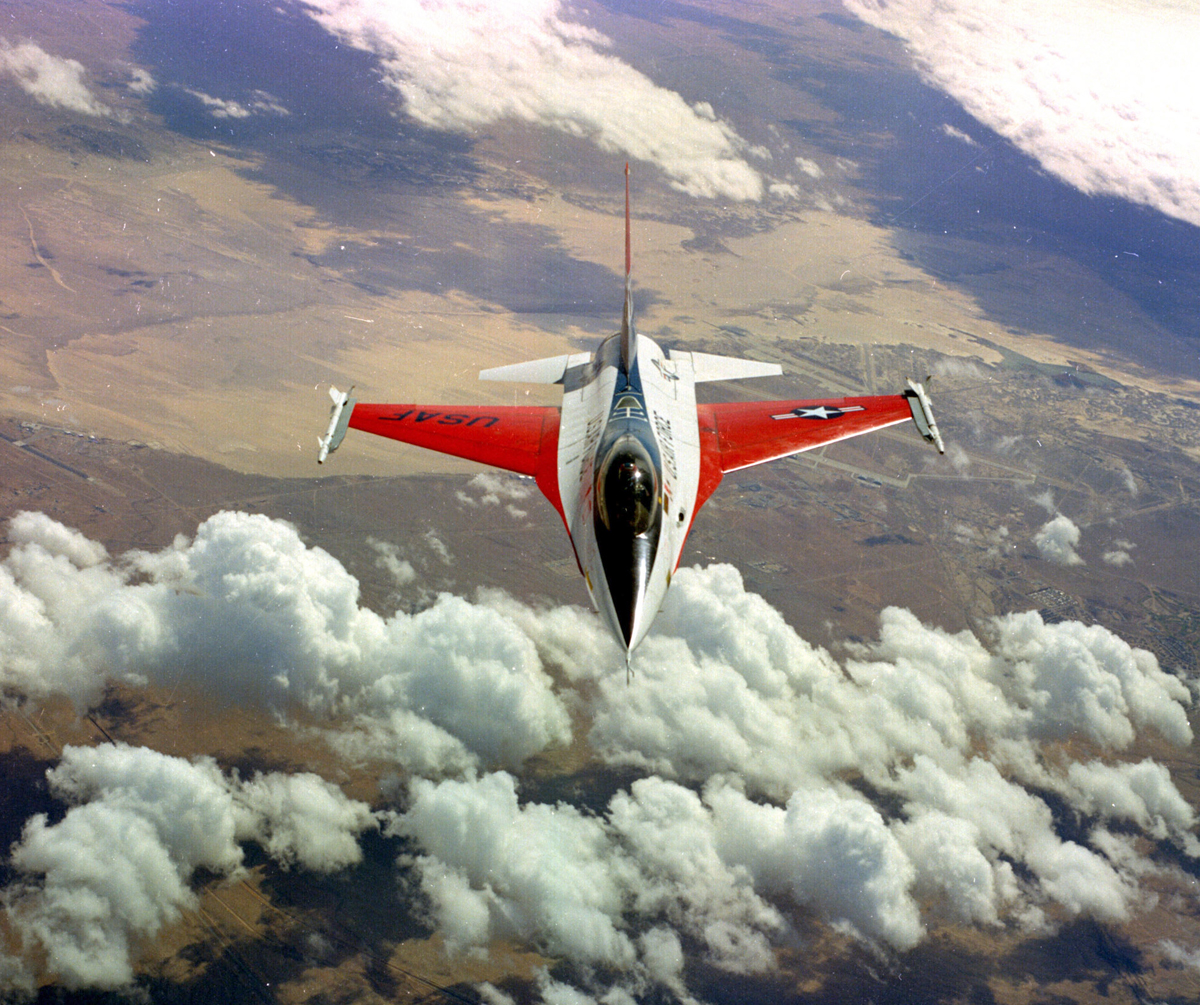“We have done our jobs right if when they have to eject out of the aircraft because a mission went south, and our equipment worked, we saved their life,” Staff Sgt. Faitha Brookins, 35th Operations Support Squadron
Delivering sorties requires more work than simply donning a flight suit and taking off, and those who work with flights on a regular basis are aware of how crucial each step is for successful mission completion.
Pilots get ready in the flight equipment room before boarding the aircraft, where they were greeted by aircrew flight equipment (AFE) specialists who had prepared everything they would need for the day.
“The AFE personnel are imperative to the mission,” said Col. Travis Rex, the 35th Fighter Wing vice commander at Misawa Air Base (AB). “The amount of gear qualifications and items they maintain on a daily basis is massive. By keeping track of the pilot gear and the egress system, along with other items, they ensure we can safely get back home if anything were to happen during the flight.”

Although there may appear to be only a few pieces of equipment inside from the outside, AFE experts are aware that there is more than what is immediately apparent.
The life preserver survival vest, parachute harness, a Joint Mounted Cueing System Helmet (JHMCS), display unit, MBU 20/P oxygen mask, and anti-G-LOC suit are all given to the pilots by the technicians, who also check them for functionality before and after each flight.
For an F-16 Fighting Falcon fighter pilot to be able to observe and lock on targets during air-to-air combat, necessities like the helmet system must be available at all times, according to Staff Sgt. Faitha Brookins, 35th Operations Support Squadron (OSS) AFE NCO in charge.

“Fitting one pilot’s display mask to their face takes approximately four hours for us,” Brookins said. “We have to measure all sides of their face and account for large or small jawlines and then shave off the plastic slowly. This [ensures] the display mask is made to fit them perfectly while they are flying and prevents it from being too loose and moving around while they’re in combat.”
The egress system, which consists of the ejection seat and parachuting gear in the cockpit of the aircraft, is added to the list of essential items of flight equipment. To make sure it won’t malfunction when deployed, the egress system is put through a rigorous inspection process.
The system examination, which entails disassembling each component, inspecting the F-16 seating system, making any necessary repairs, and reassembling it, can take one to two days.

An experienced, high-level chute rigger does this check at least once a year, whether or not the system will be used that year.
“We take a long time during this inspection because we are not allowed any margin of error,” said Staff Sgt. Travis Tillman, 35th OSS AFE technician. “If pilots have to use the system in an emergency situation, it has to deploy without a problem in order to save their life. That is why this system, as well as the inspections we perform, are so important.”
In addition to the parachute system, daily inspections are performed on all flying equipment.
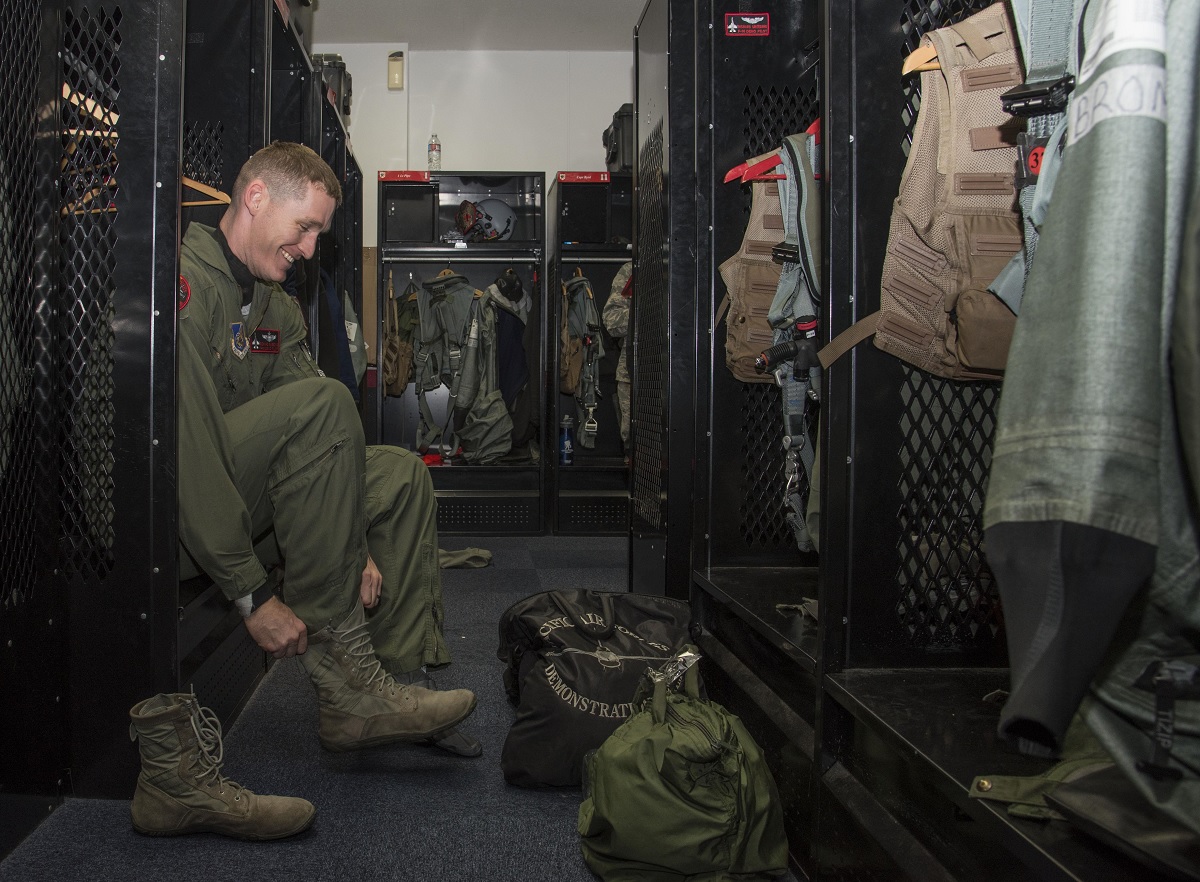
“When we do a preflight inspection we make sure everything in their locker is ready for use,” Brookins said. “We want to make sure it’s 100 percent reliable because if anything happens with the aircrew members once they leave through those doors, we are held responsible since our names are on those pieces of equipment.”
Even disused components are frequently inspected, giving pilots more safety protection.
“Some of the crew members don’t fly daily so they don’t receive a pre-flight and post-flight inspection,” Brookins said. “So we want to make sure every 30 days we get eyes on that equipment for a thorough inspection to make sure nothing is compromised in the pilot’s equipment.”
Brookins outlined how they disassemble each component for inspection during this period. They can then determine whether a piece of equipment needs to be changed if there is a probability that it will malfunction.

“Everything we inspect and touch is life-saving equipment,” Brookins said. “When these pilots perform the mission, they have a sense of security knowing they received functioning gear.”
The 35th OSS aircrew flight equipment shop is in charge of providing the pilots with all the tools they need for a safe flight from takeoff to landing.
“We have done our jobs right if when they have to eject out of the aircraft because a mission went south, and our equipment worked, we saved their life,” Brookins said. “That means the pilot comes home to their family and flies another day.”

Story by Airman 1st Class Sadie Colbert, 35th Fighter Wing; Photo by Cory W. Bush and Airman 1st Class Sadie Colbert / U.S. Air Force

